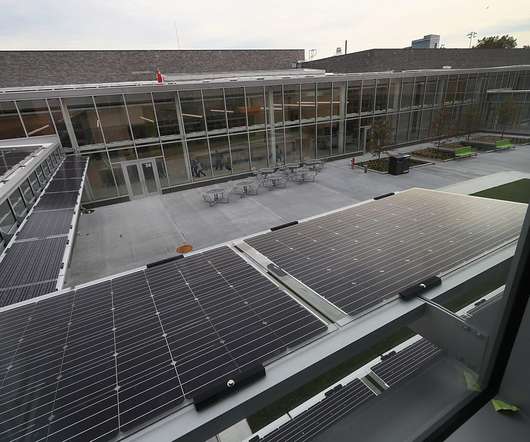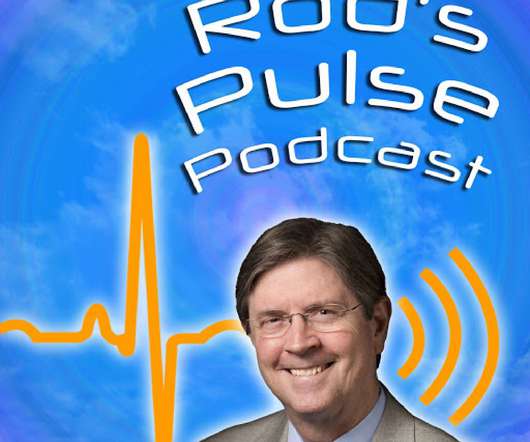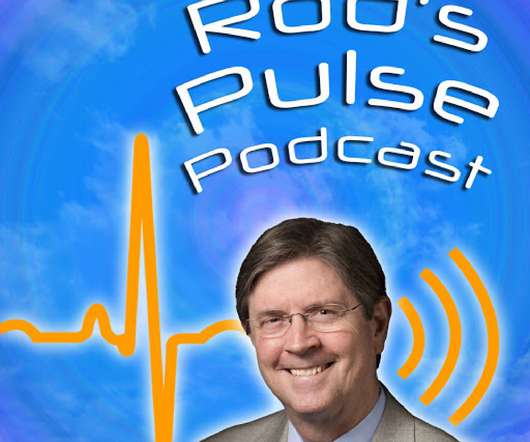College tuition breaks for Native students spread, but some tribes are left out
The Hechinger Report
JULY 18, 2023
And since 2010, Native enrollment in higher-ed institutions also has declined by about 37 percent, the largest drop in any student demographic group. Oregon joined this list, beginning with the 2022-23 school year, when then-Gov. Studies suggest affordability is one of the leading causes of attrition.




















Let's personalize your content